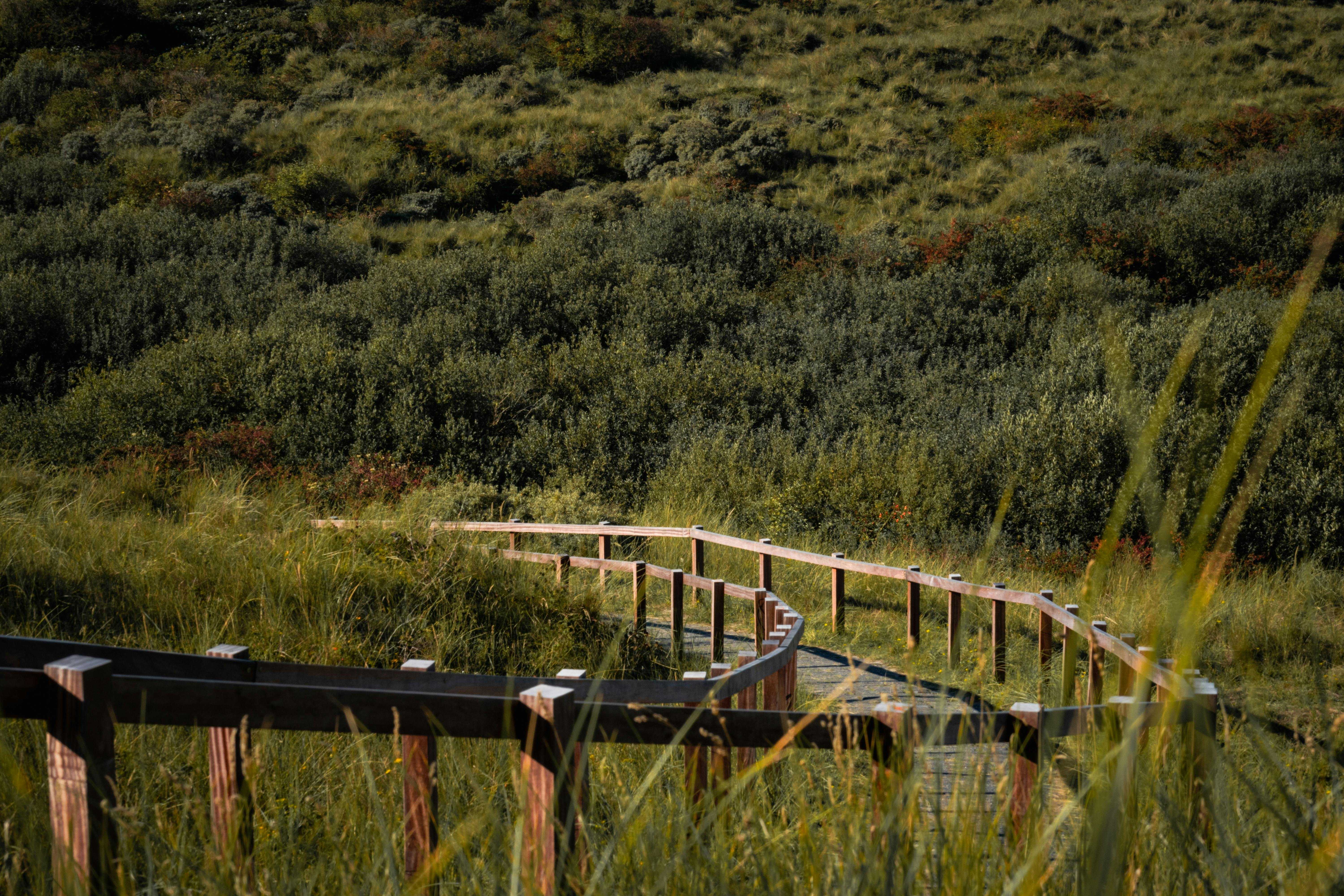What are accessibility, accessible tourism and the 'Purple 'Pound'?
What is accessibility?
Accessibility is about removing barriers to allow positive and equal experiences for everyone. Barriers can be physical, digital or attitudinal.
For example, providing large-print information for your campsite, glamping site or holiday park is a great way to remove barriers for people who have low vision or who are partially sighted. Likewise, providing staff training and supporting site teams with helpful resources can remove attitudinal barriers and misconceptions and improve understanding of disabilities overall. This improves the guest experience for those with a disability or access requirements, and is all part of giving great customer service.
Similarly, making an entrance step-free, or having a lowered-height section of a reception desk removes physical barriers and gives a warm, accommodating welcome to wheelchair users.
Accessible Tourism is the delivery of tourism products, services and environments that allow people with impairments and accessibility requirements to have independence and choice.
[Source: Visit England, 2023, Accessible and Inclusive Tourism Toolkit for Businesses]
Accessible tourism: the big picture
Disabled travellers and travellers with access requirements are an important and growing segment of the tourism market. According to the World Health Organization, around 15% of the world’s population lives with some form of disability, with the United Nations World Tourism Organisation (UNWTO) estimating that around 70% of disabled people in the European Union (EU) have the financial means to travel and are physically able to do so.
The disability community is often underserved when it comes to accessible tourism, experiencing challenges in finding clear, detailed and accurate information on accessibility that gives them confidence to book a place to stay, a tour or an activity.
Building accessible tourism products is first and foremost the right thing to do, but empowering disabled travellers with all the information they need, the choice of where to travel and the freedom to book easily can also give organisations a competitive and commercial advantage.
There are two key trends emerging in accessible tourism: multigenerational travel and adventure travel. Outdoor accommodation is perfectly placed to serve both these trends, by being able to meet the needs of mixed groups of guests (such as families travelling with young children and grandparents), or for the adventure seekers, giving access to nature and wilderness, and an opportunity to explore the unexplored.
The 'Purple Pound'
The phrase 'Purple Pound’ is often used to refer to the spending power of disabled households. It is estimated that:
-
$13 billion is spent globally per year on travel by disabled people, including 17 million hotel visits and 9.4 million flights [Harris Interactive / Open Doors Organisation, 2020]
-
80 million disabled travellers are in the addressable market for accessible tourism (this rises to 130 million when adjusted for senior citizens travelling with family or carers [UNWTO, 2020])
-
France and the UK have the highest proportion of people with accessibility needs relative to their population size. Along with Germany, these countries represent the three biggest source markets for accessible travel [The Centre for Promotion of Imports from Developing Countries (CBI), 2012)]
In the UK, the Purple Pound is also of significant importance to the tourism industry.
The 2018 Visit Britain and Visit England ‘Value of the Purple Pound’ report found:
-
£14.6 billion total spend generated by those with a disability or those travelling in a group where a member had a disability
-
£400 million inbound visitor spend by disabled travellers
-
£3.2 billion domestic overnight disabled traveller spend (2015)
-
£11.6 billion day trip spend
Disabled travellers and their companions represented:
-
1.9% of all inbound trips in 2018
-
15% of domestic overnight trips in 2015
-
20% of day trips
Disabled travellers are also likely to take longer trips on average:
-
One additional night for domestic stays, staying for an average of 3.3 nights
-
Four additional nights on international trips, staying for an average of 11.6 nights
Around 74% of disabled people choose holidays based on recommendations from others including their family, friends and public reviews [CBI, 2020], and they are often loyal guests returning for multiple stays.
What are the most important things disabled travellers or those with access requirements consider when booking?
The five most important considerations for disabled travellers before booking holidays are:
1. Transport to and from the destination (53%)
2. Accessibility of the booking services e.g. the website (53%)
3. Nature (48%)
4. Safety (48%)
5. Availability of information once at the destination (47%)
The five most important accessibility facilities in buildings such as hotels, museums and other public places like restaurants and campsites include:
1. Accessibility of the bathroom facilities
2. Accessibility of the parking facilities
3. Ease of use of lifts
4. Ease of use of furniture, furnishings and lights
5. Mobility within the building (i.e. how easy it is to move around the space freely)
[Source: Entering the European Market for Accessible Tourism Products, CBI, 2022]
